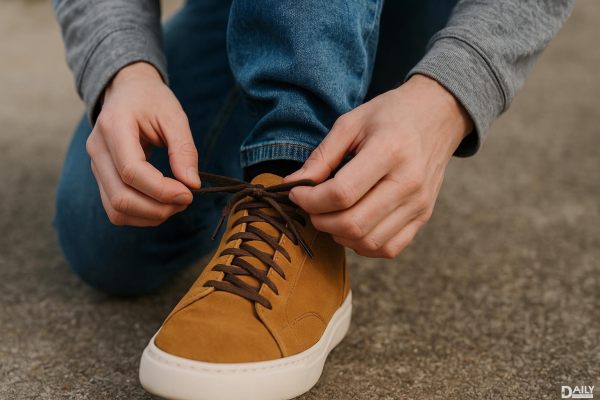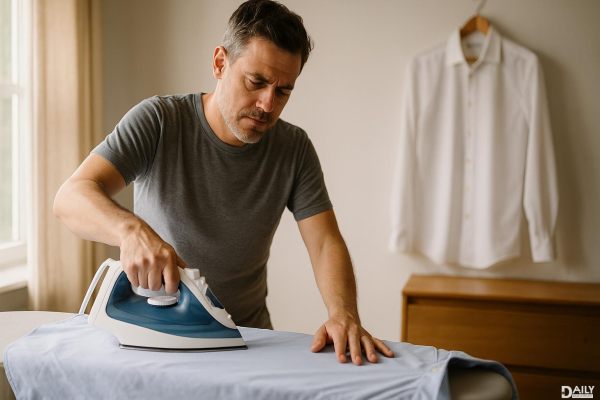That tattered old blanket you’ve had since childhood? The one you still drag to the couch when you’re feeling down? Yeah, it’s not just nostalgia—science says your emotional-support blanket legitimately works. Turns out, there’s a cocktail of psychology, neuroscience, and good ol’ human instinct behind why clinging to that fabric feels like a hug for your soul.
The Comfort of Familiar Objects
Ever notice how just holding your blanket can dial down anxiety? That’s because familiar objects—like your childhood blanket, a worn-out hoodie, or even a favorite mug—act as "transitional objects." Psychologists coined this term to describe items that help us self-soothe, especially during stress or change. For kids, it’s often a stuffed animal; for adults, it might be that coffee-stained throw you refuse to toss. These objects bridge emotional gaps, offering a sense of stability when life feels chaotic. Studies show they trigger the brain’s reward system, releasing feel-good chemicals like dopamine. So no, you’re not being dramatic—your brain literally rewards you for snuggling up with that blanket.
The Science of Touch and Security
Touch is a primal need, right up there with food and water. Your blanket works like a security blanket (pun intended) because tactile stimulation reduces cortisol, the stress hormone. The texture, weight, and even smell of your blanket send signals to your brain’s limbic system, the emotional control center. Weighted blankets take this further by mimicking deep-pressure touch, which boosts serotonin and melatonin—hello, better sleep and mood. But even a lightweight, threadbare blanket can have a similar effect if your brain associates it with safety. It’s like your own portable safe space.
Nostalgia as a Mental Reset Button
That blanket isn’t just fabric—it’s a time machine. Nostalgia has been shown to combat loneliness and anxiety by anchoring you to positive memories. When you wrap yourself in it, your brain recalls moments when you felt loved or secure, whether it’s childhood naps or college all-nighters. Researchers found that nostalgic triggers (like your blanket) activate the brain’s default mode network, which helps process emotions and self-reflection. In other words, it’s not just "comforting"—it’s a legit mental reset.
Why You Can’t Replace It (No Matter How Hard You Try)
Ever bought a "better" version of your blanket, only to stash it in the closet? That’s because emotional-support objects gain power through association, not quality. The stains, the frayed edges, the weird smell after years of use—those imperfections make it irreplaceable. Your brain links those quirks to emotional experiences, creating a unique bond. A new blanket might be softer, but it lacks the emotional resume. This is why people grieve lost comfort objects; they’re not just things, they’re keepers of personal history.
When Blanket Love Goes Mainstream
Emotional-support blankets aren’t just for kids or "weird" adults—they’ve gone mainstream. Celebrities tout weighted blankets, therapists recommend them for anxiety, and brands market "security" throws with wellness buzzwords. But the real magic isn’t in the marketing; it’s in the personal connection. Whether it’s a high-tech weighted blanket or your grandma’s quilt, the principle remains: comfort objects are tools for emotional regulation. So next time someone teases you for your blanket attachment, hit ’em with the science. You’re not clingy—you’re neurochemically savvy.
So go ahead, burrito yourself in that blanket guilt-free. Whether it’s stress, insomnia, or just a crappy day, your brain and body are wired to crave that comfort. And honestly? In a world that’s basically a dumpster fire half the time, we all deserve a soft place to land.
























